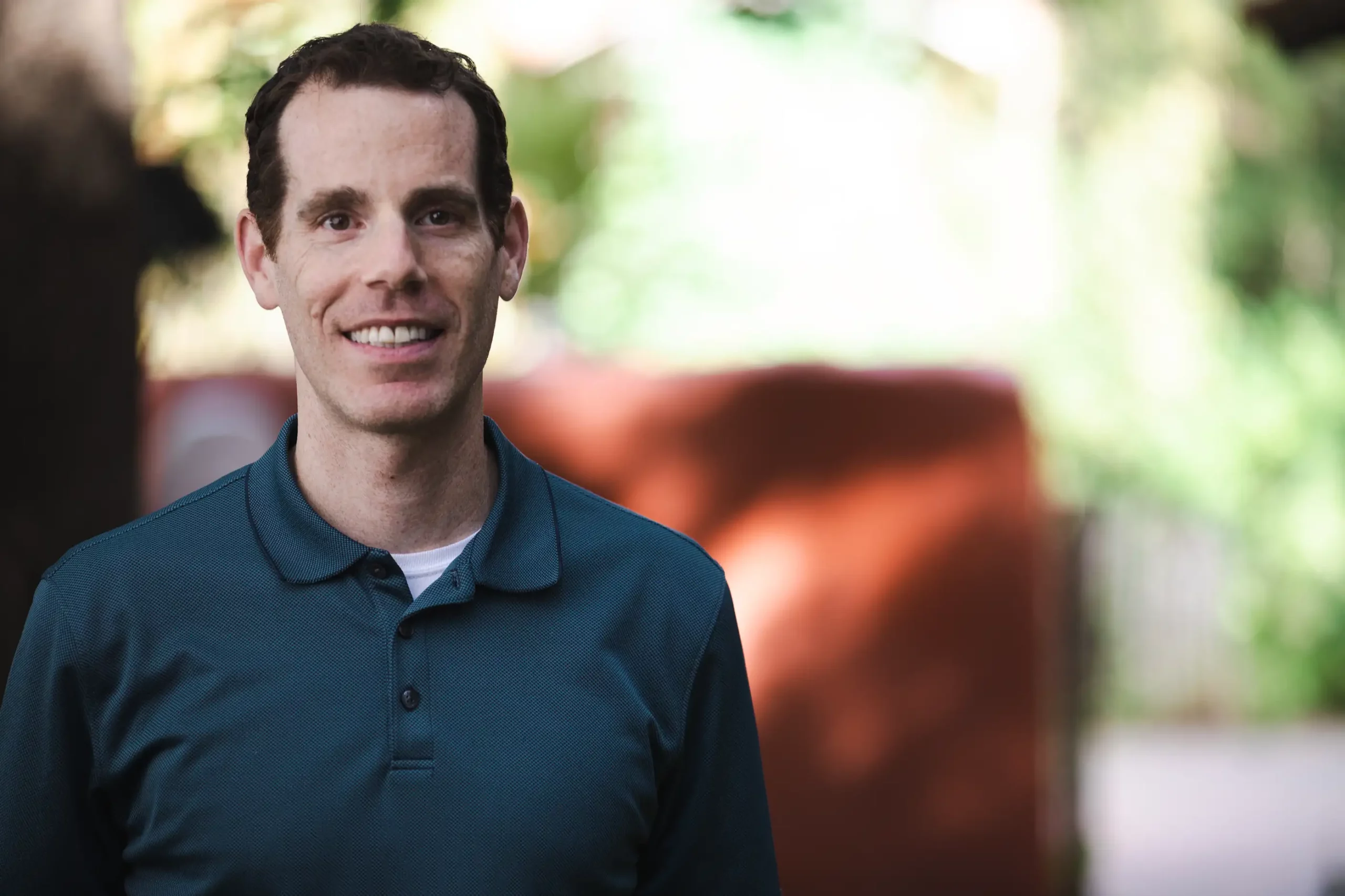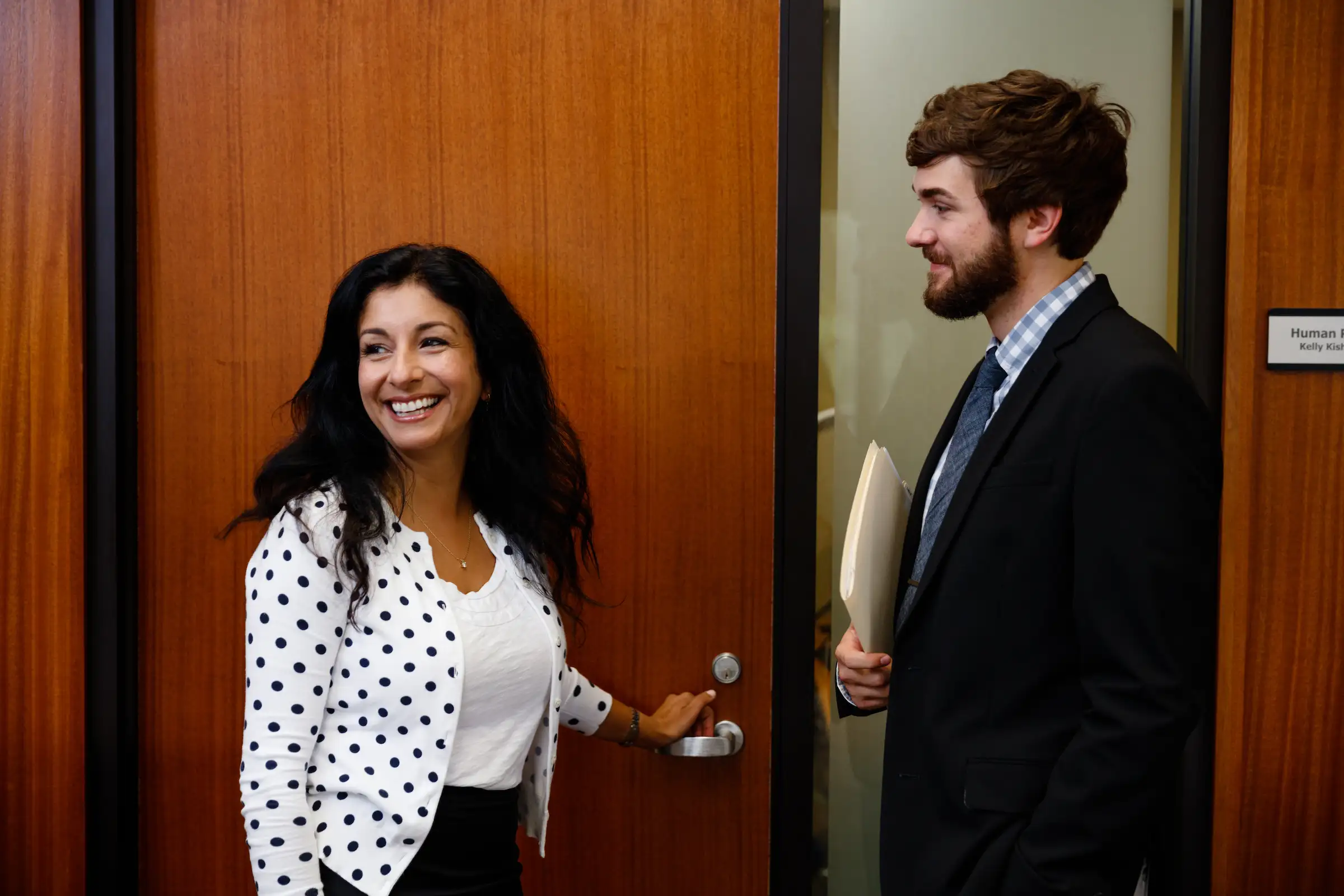First, what is artificial harmony, compassionate authenticity, and warm boundaries? And most importantly, why should I care about any of this?
Anyone who leads a team or is thinking about leading a team should care because suppressing authenticity to maintain (artificial) harmony is one of the most insidiously damaging diseases that can plague your team. What’s more, employing warm boundaries and compassionate authenticity is one of the most powerful ways we know to cultivate a sense of camaraderie, care, collaboration, cohesion, creativity, and connection. Even as “just” a team member, showing up in this way can help infuse this consciousness into your team culture. In fact, it is less about getting someone to practice this and more about showing up with this intention. And if having a team that experiences a sense of the 6 C-words listed above isn’t enough, then imagine having a team where everyone is excited to show up to work, where it is the norm to put in the extra time and effort simply because people care, where everyone is so engaged and loyal that they wouldn’t dream of quitting even after a pay cut, and where warmth, authenticity, and connection are ingrained in your culture.
Sounds too good to be true? At WeHeal, we don’t just talk the talk, we walk the walk! We prioritize connection above all else. We are so committed to the elimination of artificial harmony that we actively seek it out. As in any company, we have disconnections and disharmony. But unlike many other companies, we don’t sweep it under the rug and move on. We identify it and then unite to reconnect with warm boundaries and compassionate authenticity.
What Is Artificial Harmony?
What is artificial harmony and why is it concerning? “Artificial Harmony” is a phenomenon where people are overly friendly and polite in an effort to maintain a comfortable environment. With good intentions people create an air of peace and respect while limited trust and fear of conflict comprise the foundation on which their house of cards rests. Artificial harmony provides an illusion of health and cohesiveness. On the surface there is less destructive conflict and anger but underneath it resentment, hostility, frustration, and discouragement are prominent. Those underlying feelings can be consciously suppressed or worse, unconsciously repressed meaning there can be little to no awareness of them.
Artificial harmony promotes fragility, fear, distrust, and ineffectiveness. The absence of trust and courage to experience conflict along with the absence of skill to repair disconnection fuels this state. Artificial harmony squanders the opportunity to experience growth while delivering a crushing blow to joy and satisfaction. Some degree of hopelessness often ensues as people are at a loss as to which is better: honesty followed by destructive conflict or inauthenticity and suppression fueling artificial harmony. There is a third option!
If you are not actively mining for and neutralizing artificial harmony, then it will spread, like mildew in your shower, slowly creeping until it becomes so pervasive you have no choice but to renovate the entire infrastructure. The default assumption must be that artificial harmony is present and needing attention or it will likely be missed.
Most cultures support and teach artificial harmony, even if they don’t identify it as such. They teach politeness and emotional control hoping to promote values of kindness and regulation. However, we must not meet our needs for kindness and regulation at the expense of authenticity because without authenticity true connection cannot be cultivated. Brutal or harsh honesty is not the answer either. Sharing your honest opinion without caring about its impact on other people is equally destructive.
Warm Boundaries
The good news is that we can be kind, regulated, and authentic, but it just takes additional awareness, skill, and courage. Whether your “team” is a group of employees at work, a group of family members at home, or a group of friends in your community, eliminating artificial harmony will make space for the pride, joy, satisfaction and true authentic connection everyone desires.
Warm boundaries and compassionate authenticity are two essential skills in our effort to rid the world of artificial harmony. Warm boundaries ensure your needs are addressed and cared for without rigidity or harshness while simultaneously meeting needs for care of another person. Compassionate authenticity is where you discern what is alive and true for you while using kindness and care. In this manner you can share honestly while maintaining sensitivity and awareness of the impact on others. The idea is that never again do you need to pick between meeting your needs OR the needs of another. There are no compromises (often a lose-lose) because we are focused on needs and not strategies.
Role Play
Let’s look at a role play that employs warm boundaries and compassionate authenticity as a means to navigate a workplace challenge:
Bob: Hey Lisa, I was wondering if you would be okay if I played music while we are working
Lisa: (not excited by this idea, she initially stalls): Why do you need music?
Bob: Because it helps me focus and increases my creativity and productivity. (then cares for her needs too) Does that work for you?
Lisa: (chooses not to engage in artificial harmony by agreeing to music she doesn’t really want, she opens the door for compassionate authenticity): Before we strategize about playing music or not, can I share what comes up for me?
Bob: (excited by the opportunity for connection and encouraging her compassionate authenticity): Yes, I am happy you are speaking up, thank you.
Lisa: (sharing her feeling of worry and her need for belonging) I am a little worried about fitting in as I know many people in the office like to listen to music. But, I find it really hard to concentrate with music and prefer silence to be able to be most productive (shared that she also has a need for productivity like he does). What comes up for you when I share that? (demonstrated care for him too)
Bob: I am happy that you shared that with me. (now reflects what he heard to increase quality of connection) I am hearing that you are worried about fitting in with the team here as it appears people generally like music playing while at the same time listening to music isn’t comfortable and actually makes it harder for you to focus and be productive. Am I getting it? (this request to check in if he heard her increases the quality of connection)
Lisa: (Shares appreciation, further increasing the quality of the connection) Yes, thank you for hearing me. I appreciate the sense of acceptance for my different preferences. (now expresses her care for his needs too) I also want to care about what works for you so I am wondering if you have ideas that could meet both of our needs here?
Bob: (shares his underlying need for comfort) I am willing to use a headset but after a few hours I notice that my ears start to feel irritated. (creates a warm boundary and collaboration through a willingness to stretch for as long as comfortably possible) I could try to use a headset for as long as possible?
Lisa: (Touched by his offer and care, she naturally shifts and wants to contribute to his needs too) How about I wear sound reduction earplugs for part of the time so I can have quiet while you listen to the music without a headset and then when my ears feel irritated from the earplugs we can switch?
Bob: (Feeling a natural flow of care, compassion, and desire to collaborate and work as a team) That sounds wonderful. I really appreciate us putting our heads together to figure out a plan that works for both of us (everyone wins!)
Lisa: Yeah, me too. (further tends to the quality of connection through collaboration and reassurance of care for him) And if after trying this plan you notice it doesn’t work for some reason please circle back with me and we can revisit other strategies to care about both of our needs.
Bob: Will do! (feeling energized by this connection, he is going to show up in the workplace very differently than if he had just compromised or worse, suppressed his needs in a state of artificial harmony)
Notice how this did not entail a compromise where everyone loses and needs go unmet. That would look something like music plays on Mondays, Wednesdays and the first half of Fridays but then no music is allowed to play on Tuesdays, Thursdays, and the second half of Fridays. Instead this was about creating a quality of connection where people work together to find strategies that can care for and address everyone’s needs. Notice the different energetic feel of the latter.
It’s OK To Mess Up
One final note, as you begin to shift your culture towards this consciousness…It won’t always be clean and pretty. Embrace being perfectly imperfect. Artificial harmony thrives in environments that are afraid of conflict and getting messy. At WeHeal we place the greatest value on having the courage to make a mess and practicing the skills to clean it up!
Remember, it can be different. Focus on the quality of connection first and foremost so that warm boundaries and compassionate authenticity flow easily and naturally. It is within that state that Life Is Wonderful!




